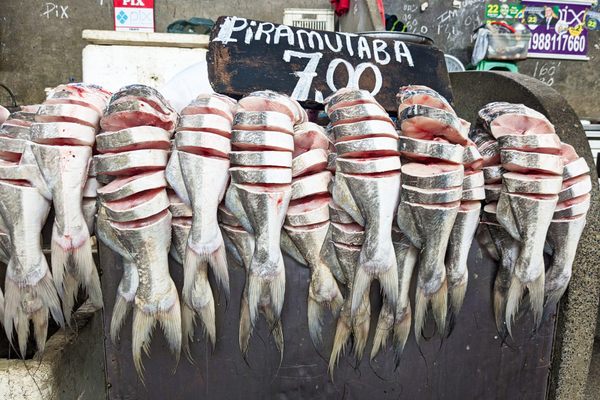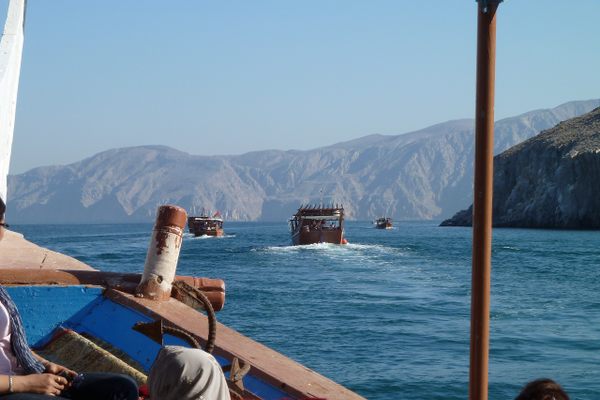Surfing the Amazon
Once a year, ambitious surfers can ride the world's largest river.
The visuals are surreal. Surfers, in their typical wetsuit outerwear, riding a 12-foot wall of water, with that classic frothy white hook on top spilling its way down to the base — a perfect wave.
Only instead of the sapphire-blue water that usually puts surfers in a familiar context, the water is dark, brown, and murky. And instead of riding it a few hundred feet into shore, the surfer rides it for miles, without an end in sight. And finally, instead of worrying about sharks and coral, the surfer is worrying about schools of piraña and uprooted trees.
It’s called Pororoca, and in the Amazon basin it allows surfers from all over the world to come and experience the truly rare challenge of surfing for miles up the world’s largest river. A fairly rare but natural phenomenon called a tidal bore, Pororoca is caused when the incoming ocean tide creates such an influx of water into the river, a wave forms at the tide’s leading edge. Tidal bores occur all over the world, but between the months of February and March in the Amazon, they reach epic proportions.
Pororoca only happens a couple of times each year, but it’s just predictable enough for an organized event to have formed around it. Each year in São Domingos do Capim, Brazil, the National Pororoca Surfing Championship serves as one of the world’s most extreme surfing events. The wave’s lack of regularity is made up for by the adrenaline-stoking warning signs — namely, the roaring noise the tidal bore causes 30 minutes before the wave itself forms. This is where the name Pororoca comes from, which in the local dialect means “great destructive noise.”
The adrenaline rush can come at a cost, however. The energy of the wave is so intense that it easily rips trees, structures and other debris from the shoreline as well as the riverbed, creating an ironically debris-filled (and highly dangerous) surfing environment. But each year many surfers decide that the risk is worth it to achieve a dream feat – to catch a wave that never stops. The wave can last for hours, and travels miles upriver. In efforts that form the stuff of legends, surfers have ridden Pororoca for more than half an hour and traveled more than 12 kilometers on a single attempt.
Know Before You Go
Find your way to the Amazon River Basin






















Follow us on Twitter to get the latest on the world's hidden wonders.
Like us on Facebook to get the latest on the world's hidden wonders.
Follow us on Twitter Like us on Facebook